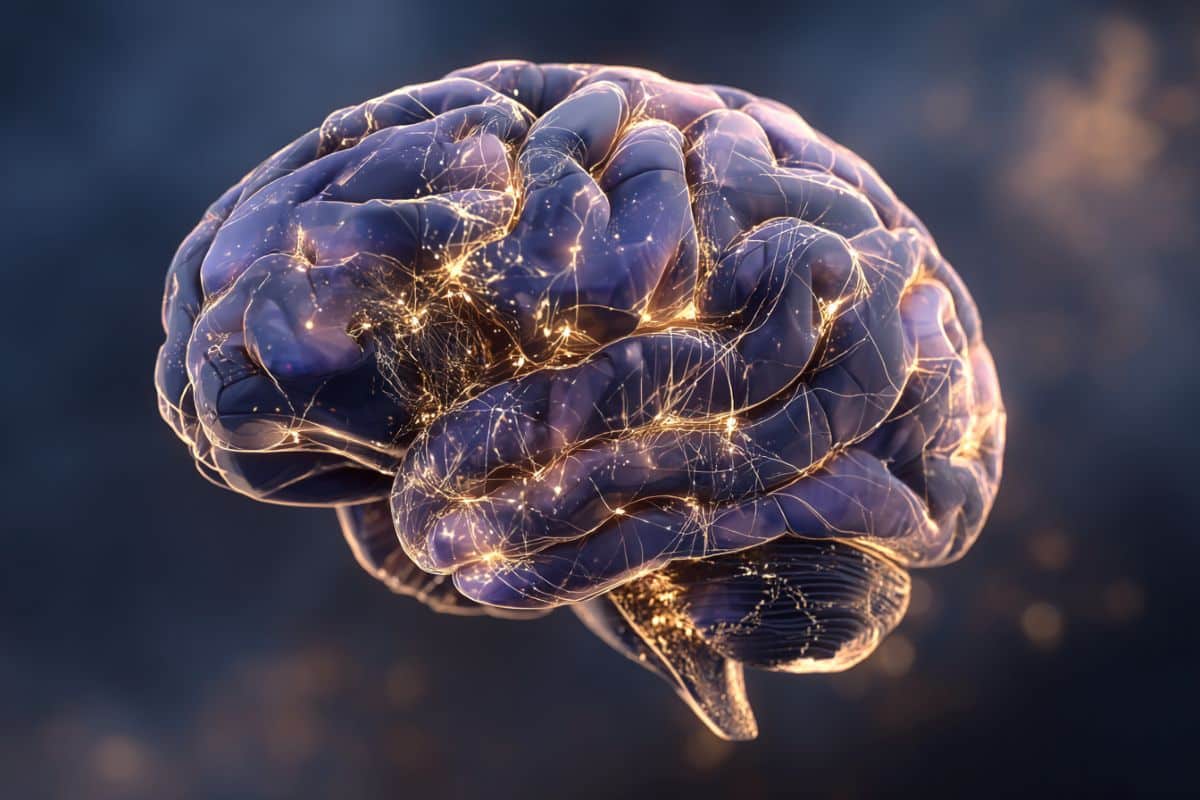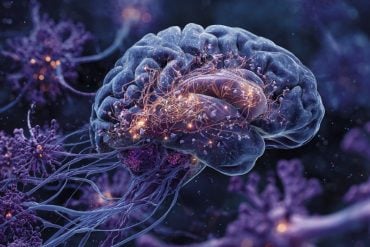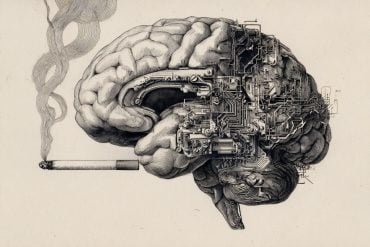Summary: A groundbreaking study reveals that aging alters not just the size but the shape of the human brain, reshaping regions in ways linked to memory and reasoning decline. Researchers found that as people age, the lower and front areas of the brain expand outward, while the upper and back regions compress inward.
These geometric distortions correlate strongly with cognitive performance and may explain why the entorhinal cortex, a key memory hub, is especially vulnerable to Alzheimer’s disease. The findings introduce brain shape as a promising new biomarker for early detection of neurodegenerative risk.
Key Facts:
- Shape Over Size: Aging brains show measurable distortions—expansions and contractions—linked to cognitive decline.
- Alzheimer’s Connection: Shape shifts may physically stress the entorhinal cortex, where Alzheimer’s pathology first appears.
- Early Detection Potential: Brain geometry could serve as a predictive marker for dementia years before symptoms emerge.
Source: UC Irvine
A new study led by University of California, Irvine’s Center for the Neurobiology of Learning and Memory researchers found that aging changes the brain’s overall shape in measurable ways.
Instead of focusing only on the size of specific regions, the team used a new analytic method to see how the brain’s form shifts and distorts over time.

The analysis revealed substantial alterations in brain shape, which were closely associated with declines in memory, reasoning and other cognitive functions. This suggests that the shape of the brain can serve as a reliable indicator of its overall health.
The study appears in Nature Communications and received support from the National Institute on Aging, a division of the National Institutes of Health.
“Most studies of brain aging focus on how much tissue is lost in different regions,” said Niels Janssen, PhD, senior author and professor at Universidad de La Laguna in Spain and visiting faculty at the CNLM.
“What we found is that the overall shape of the brain shifts in systematic ways, and those shifts are closely tied to whether someone shows cognitive impairment.”
The team analyzed over 2,600 brain scans spanning adults aged 30 to 97. They discovered that the inferior and anterior parts of the brain expanded outward, while the superior and posterior regions contracted inward. This uneven reshaping was particularly evident in older adults experiencing cognitive decline.
For instance, individuals with more pronounced posterior compression exhibited poorer reasoning skills, indicating that these geometric markers directly correlate with brain function. Moreover, the patterns were replicated in two independent datasets, reinforcing the consistency of these shape changes as a hallmark of aging.
One striking implication of the study is the potential impact of shape changes with age on the entorhinal cortex, a small but crucial memory hub located in the medial temporal lobe. The study suggests that these shape changes may physically press the vulnerable region closer to the hard base of the skull.
Notably, the entorhinal cortex is one of the first places where tau, a toxic protein linked to Alzheimer’s disease, accumulates. The team’s findings suggest that mechanical and gravitational forces may help explain why this region is so vulnerable to tissue loss in Alzheimer’s disease – a possibility not previously considered as a disease mechanism.
“This could help explain why the entorhinal cortex is ground zero of Alzheimer’s pathology,” said study co-author Michael Yassa, PhD, director of the CNLM and James L. McGaugh Endowed Chair.
“If the aging brain is gradually shifting in a way that squeezes this fragile region against a rigid boundary, it may create the perfect storm for damage to take root. Understanding that process gives us a whole new way to think about the mechanisms of Alzheimer’s disease and the possibility of early detection.”
The researchers say their geometric approach could eventually provide new markers for identifying dementia risk, potentially years before symptoms emerge and is part of the team’s larger effort to understand the mechanisms of risks at the earliest stages of the disease.
“This isn’t just about measuring brain shrinkage,” added Janssen. “It’s about seeing how the brain’s architecture responds to aging and how that architecture predicts who is more likely to struggle with memory and thinking.”
The work was made possible through a collaboration between UC Irvine and the Universidad de La Laguna in Spain, with co-first authors Yuritza Escalante and Jenna Adams, PhD, leading the analysis.
The study underscores the importance of international partnerships in tackling one of the most pressing challenges in public health.
“We’re just beginning to unlock how brain geometry shapes disease,” said Yassa. “But this research shows that the answers may be hiding in plain sight – in the shape of the brain itself.”
Key Questions Answered:
A: It alters not just volume but overall shape—some regions expand while others compress, affecting brain performance.
A: The findings suggest mechanical stress from shape changes could explain why Alzheimer’s damage begins in specific regions.
A: Yes. Tracking brain geometry might identify at-risk individuals long before cognitive symptoms appear.
About this Alzheimer’s disease research news
Author: Thomas Vasich
Source: UC Irvine
Contact: Thomas Vasich – UC Irvine
Image: The image is credited to Neuroscience News
Original Research: Open access.
“Age-related constraints on the spatial geometry of the brain” by Niels Janssen et al. Nature Communications
Abstract
Age-related constraints on the spatial geometry of the brain
Age-related structural brain changes may be better captured by assessing complex spatial geometric differences rather than isolated changes to individual regions.
We applied an analytic method to quantify age-related changes to the spatial anatomy of the brain by measuring expansion and compression of global brain shape and the distance between cross-hemisphere homologous regions.
To test how global brain shape and regional distances are affected by aging, we analyzed 2603 structural MRIs (range: 30−97 years).
Increasing age was associated with global expansion across inferior-anterior gradients, global compression across superior-posterior gradients, and regional expansion between frontotemporal homologues.
Specific patterns of global and regional expansion and compression were further associated with clinical impairment and distinctly related to deficits in various cognitive domains.
These findings suggest that changes to the complex spatial anatomy and geometry of the aging brain may be associated with reduced efficiency and cognitive dysfunction in older adults.






